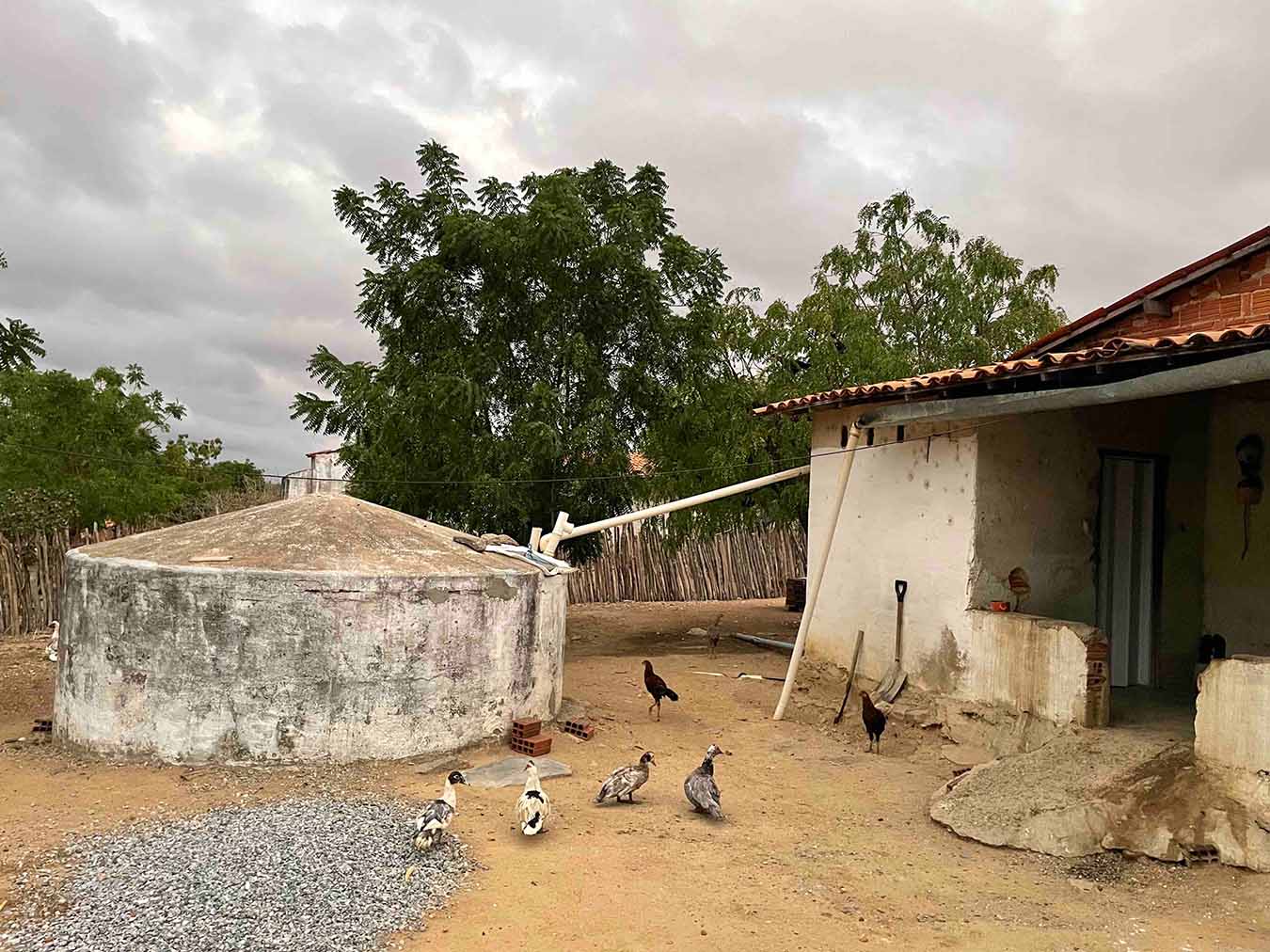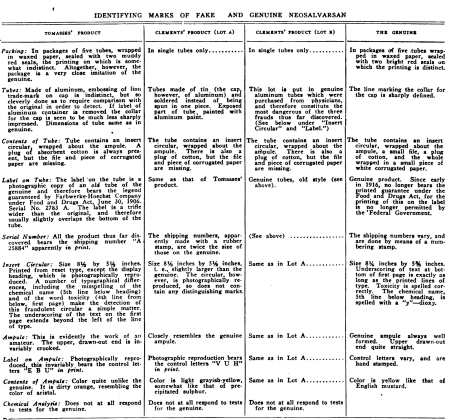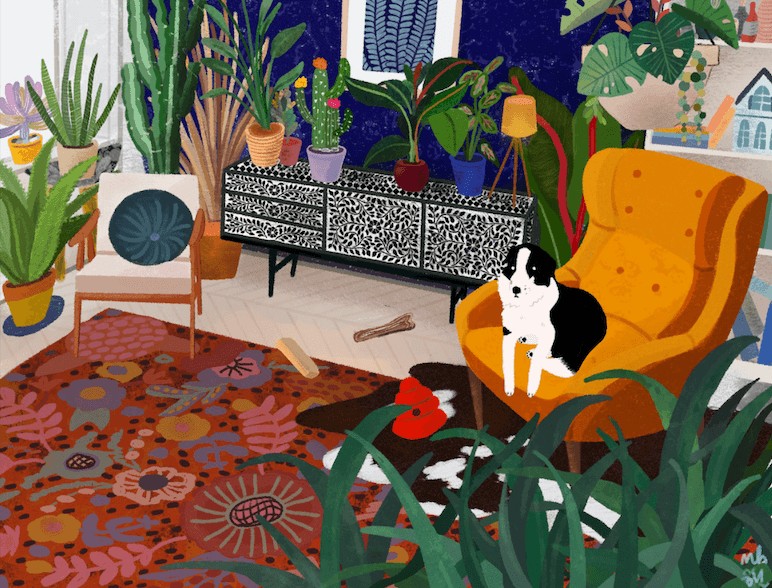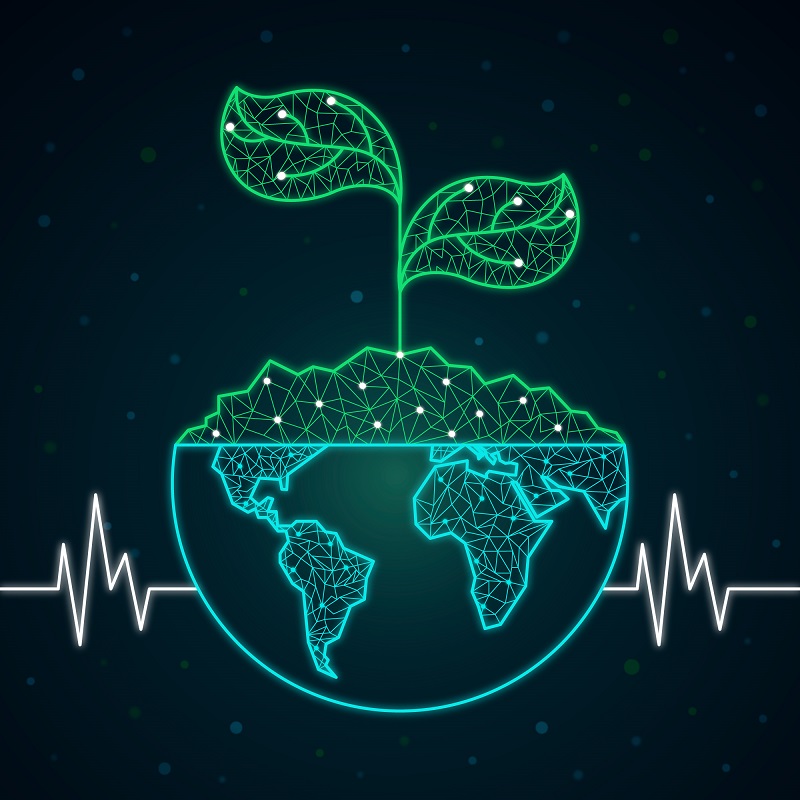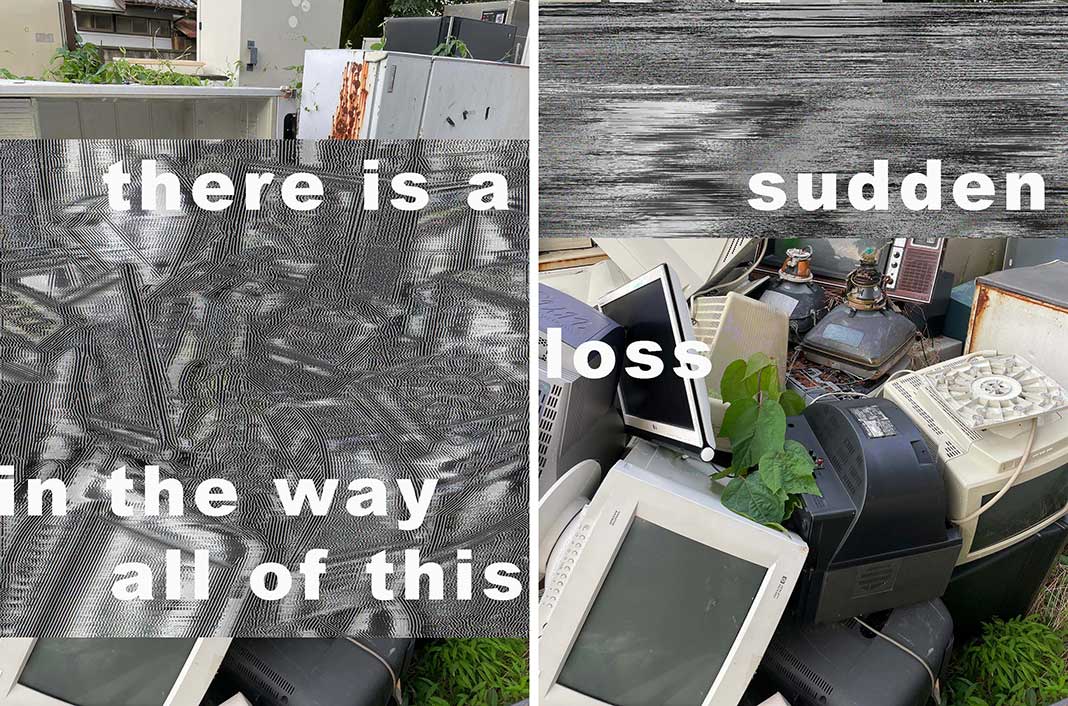In this text, I address processes in which science is being claimed, shaken, disputed, and unpredictably rearticulated in Brazil’s medical field. Specifically, I consider denialist practices and movements during the Covid-19 pandemic. Based on an ethnographic approach to a variety of actions by medical groups and institutions that are critical of vaccination against Covid-19 and instead defend the use of drugs (considered ineffective by others) for the “early treatment” of the disease, I seek to highlight how their practices rearticulate, transform, and dispute new meanings, values, and practices of science, rather than simply reject it. Although they are publicly named by the media and scientists as denialists, their practices and discourses, as well as the repercussions of their actions, do not seem to be well explained by mere vulnerability to misinformation, lack of understanding of the technical aspects of the disease, or even the supposedly self-explanatory diagnosis of a frankly anti-science position. On the contrary, as I demonstrate in this essay, these groups resort to different constructions of science to produce their arguments and defend themselves against criticism. They do this by repositioning the content and legitimacy of the evidence on different axes than those of Evidence-Based Medicine (EBM), while at the same time, claiming EBM’s authority. In this sense, the following question animates this text: since the practices of these doctors can be recognized as denialist, how can this concept refer to something beyond a simple and direct refusal of everything that is usually called “science”? (read more...)
